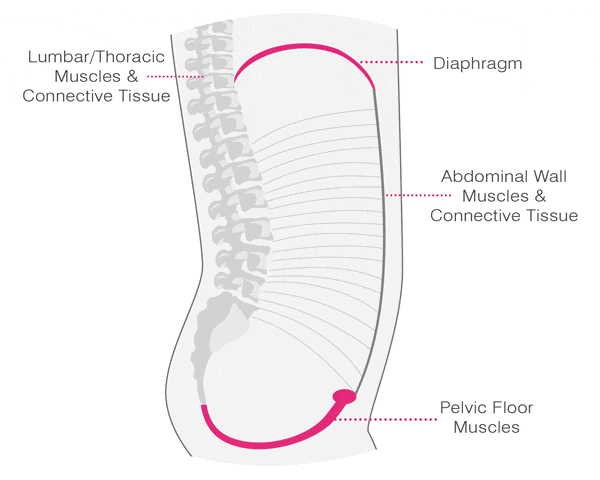Two techniques that can help understanding your pain and reducing it
Persistent pain might seem tricky to manage but there are a number of things you can do to help yourself, depending on the type of pain and the other symptoms you are living with.
Two techniques for self-management of pain: breathing exercises and progressive muscle relaxation.
As with any new technique, it will take practice to master, so don’t give up if something does not work for you the first time.
Research has also suggested that graded exercises and certain manual therapies such as osteopathy may stimulate the body to produce strong natural painkillers (endorphins) that can be of benefit. Finally, pacing your activities can also help to reduce the likelihood of a flare-up of symptoms.
Where over the counter medications are ineffective in persistent pain conditions, GP referral to a specialist pain management team may be appropriate. There you can expect your current medication to be reviewed and the team of clinicians will try to identify something that is more likely to work for you.
Breathing exercises:
When we are in pain, our breathing often becomes more shallow and we can develop tension in our shoulders, chest and upper back. However, if we purposefully concentrate on doing deep breathing exercises, it can reduce our physical tension and help us to feel calmer. Breathing exercises are going to work on your diaphragm, influencing your heart rate, your blood pressure, your muscle tensions and so on.

What I always remember to my patients is how deep the effect of diaphragm movement is, here is an example related to the pelvic floor connection.
Try the below exercise and see if it works for you:
- Lie down or sit comfortably in a chair. Your body should be as relaxed as possible. Close your eyes if you wish. This time needs to be “for yourself”, which means no distractions, no rush, nothing to think of.
- Place your hands on your tummy. Breathe gently in trying to push your tummy outwards. Keep your chest movement at minimum. Notice how your hands rise and fall. You should feel your bellybutton raise when you breathe in, and fall when you breathe out. If you are finding it difficult to feel this initially, you might wish to try standing in front of a mirror and watching for the movement first of all.
- Breathe in deeply and slowly for a count of four and then hold your breath for one second, before breathing out over a count of four. Some people suggest breathing in through your nose and breathing out through your mouth helps.
- As you breathe out, listen to the sound of your breath and feel the tension in your body reduce.
You can practice deep breathing for a few minutes (15-20) every day and once you feel confident, you can use the techniques to calm yourself in other situations.
Progressive muscle relaxation
The aim of this exercise is to concentrate on reducing tension in specific parts of the body, by consciously tensing and then relaxing the muscles in each area in turn.
Lie down or sit comfortably in a chair. Your body should be as relaxed as possible. Close your eyes if it helps you to relax.
- Visualise each area of the body in turn and intentionally tense that area for a moment before relaxing it, beginning with your forehead.
- Raise your eyebrows for a moment. Be aware of the feeling of tension in the area, breathe gently and then when you exhale, let the forehead relax.
- Squeeze your eyes shut and clench your jaw. Again hold this for a moment, before letting the tension slip away as you exhale.
- In the same way, shrug your shoulders, followed by stretching out your fingers, straightening the legs at the knee and then stretching out your toes, holding each for a moment in turn before consciously letting go.
Hope this can help you in managing your pain and stress, to enjoy your life. See you around!
Don’t be scared of pain, understand it!
